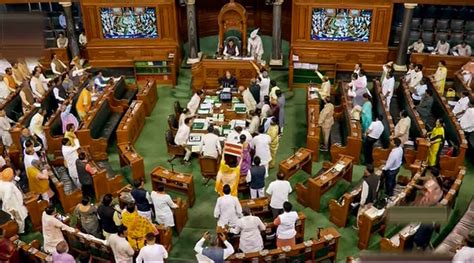When it comes to democracy, Australians take their voting responsibilities seriously. As the 2025 federal election approaches, citizens across the country are gearing up for a day that will shape the nation’s future. But before you head to the polls, there are a few things you need to know.
Key Dates and Details
Mark your calendars for Saturday, May 3rd – that’s when Australia will cast its votes. With Parliament already dissolved and the government in caretaker mode since March 28th, all eyes are on this crucial date.
Are You Registered?
Remember, voting is compulsory in Australia. To ensure your voice is heard, make sure you’re registered on the electoral roll. If you’re unsure of your status, a quick check on the Australian Electoral Commission (AEC) website can provide clarity. And if you’re not enrolled yet, don’t fret – there’s still time until April 7th.
Know Your Electorate
Finding out which electorate you belong to is essential for casting an informed vote. By simply entering your address on the AEC website, you can discover where your polling station will be located. Keep in mind that electoral boundaries may have shifted since the last election.
Voting Procedures
On election day, voters will receive two ballot papers – one for the House of Representatives and another for the Senate. The House uses preferential voting while the Senate offers two options: above-the-line or below-the-line preferences.
Early Voting Options
If you’re unable to make it to the polling booths on election day, fret not! You can opt for postal voting by submitting an application before April 30th or visit early voting centers starting from April 22nd. Overseas during elections? The AEC website has guidelines tailored just for you.
Party Seat Distribution
In Australian parliament history buffs would find interest – at dissolution Labor held a majority with 78 seats in the House of Representatives while Coalition had 54 seats; minor parties and independents also held significant power. This year sees changes with seat restructuring affecting key states like New South Wales and Victoria.
Senate Dynamics
Intriguingly enough no party holds a clear majority in the Senate with Coalition having 30 seats followed closely by Labor at 25; Greens hold a notable number as well along with independents making up remaining positions leading to interesting dynamics post-election depending heavily upon smaller players.
Expert analysts predict an uncertain outcome as both major parties face challenging scenarios regarding garnering enough seats for majority rule paving way possibly towards negotiations with other factions; reminiscent of past scenarios where minority governments were formed through intricate talks among varied voices representing diverse interests across political spectrum.
As discussions heat up around policy promises and political strategies leading up to Election Day one thing remains certain- Australians eagerly anticipate exercising their democratic right come May when they make their mark determining who steers them into next chapter of governance journey.

